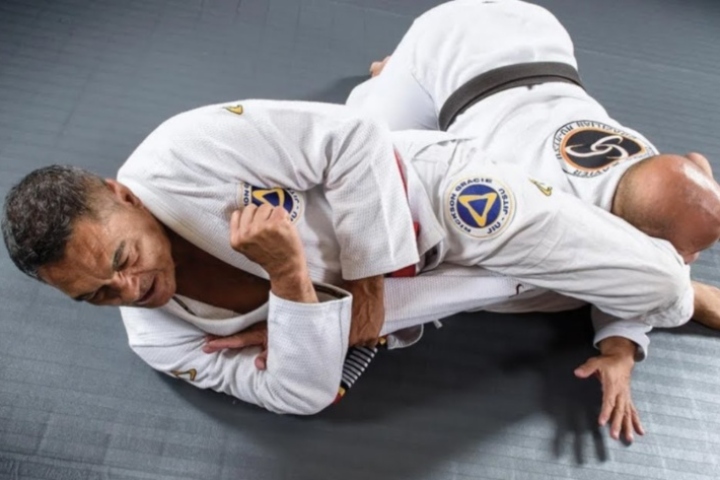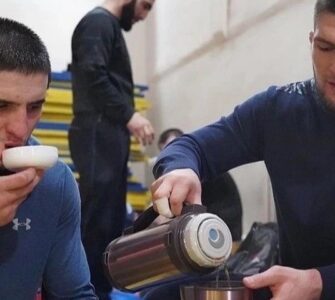As a new practitioner of Brazilian jiu-jitsu, it is important to learn how to avoid common injuries that white belts often face. Proper technique, training partners, and adjusting intensity levels can help reduce the risk of strains, sprains, and tears during training.
In this video, Rickson Gracie explains why in his opinion, instructors should not allow white belts to spar hard within the first year.
“They need to first learn the proper mechanics”
One of the most common injuries for new jiu-jitsu students is shoulder issues. Since white belts tend to rely heavily on their strength instead of technique, they pull too hard on armbars and kimuras, overextending the shoulder joint. Focusing on slower, controlled movements and not cranking submissions with full strength can reduce shoulder injuries.
Training with partners of similar experience and size is also vital. More advanced belts have better body awareness and control to avoid injuring their partners. New students should avoid rolling with experienced blue and purple belts until they have the basics down.
Pace yourself, especially in the beginning. Going 100% intensity in every roll will lead to burning out quickly. Alternate between harder and easier rolls to avoid gassing out. As conditioning improves over time, intensity levels can gradually increase.
With proper precautions, white belts can avoid many common injuries and focus on learning techniques and developing good movement patterns. Over time, injury prevention will become second nature through improved technique, training wisdom, and self-awareness on the mats.

















